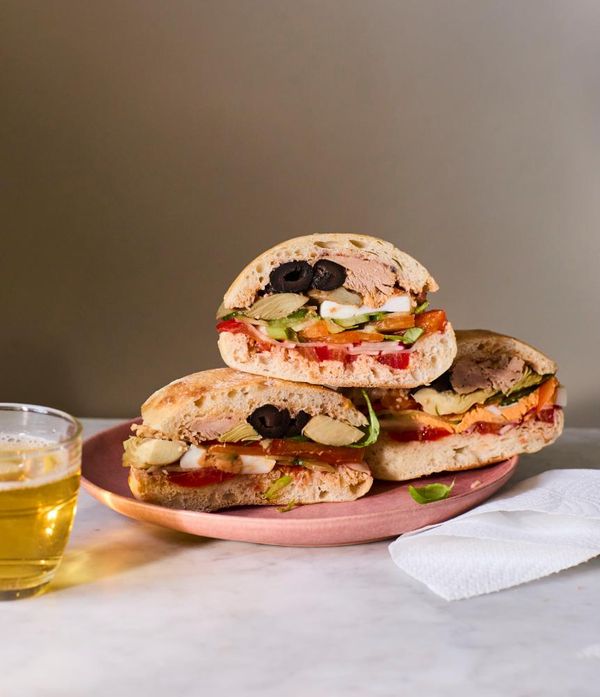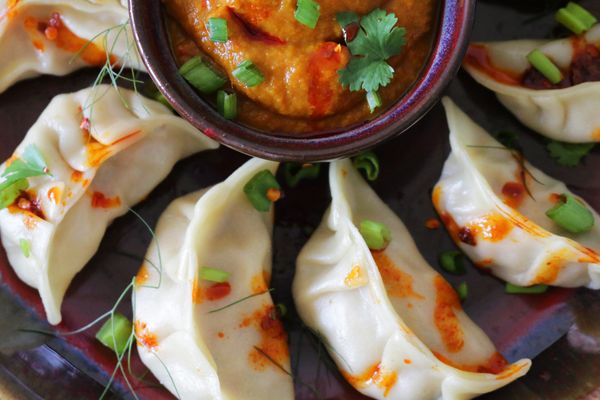
The anchovy is the Marmite of the aquatic world. Love it or hate it, neutrality isn’t an option. Seneca, the Stoic philosopher, found them repulsive. Horace was pithier: “They stink.” But Christopher Beckman, horror film producer turned food historian, swears by them. A Twist in the Tail is his delightful tribute to this diminutive fish.
The anchovy’s reputation, he argues, precedes it. Taste is another matter. Try subtly incorporating some anchovies into an unsuspecting friend’s dinner, and the chances are they wouldn’t notice them. But they may well find the meal more delicious. For anchovies are exploding with umami, that moreish, flavourful “fifth taste”, in marked contrast to the common four: sweet, sour, salty, bitter. It all comes down to “free glutamates”. Most meats and vegetables contain around 100mg of them per 100g. Cured meats, such as prosciutto, and sun-dried tomatoes push that figure to 300-700. At 1,200, anchovies are “umami bombs” dropped on the tongue’s glutamate receptors.
Small wonder ancient Romans were fond of garum, the fish sauce they used to enliven meat and fruit. The bulk of the garum amphorae found in Pompeii bore the brand of Aulus Umbricius Scaurus, “the ketchup king of Campania”, who built a McMansion on the proceeds of his cheap anchovy sauce, which he passed off as expensive and mackerel-based. The decline and fall of garum was coeval with that of the Roman empire, though these days, it can still be had in certain rarefied establishments, as I recently discovered in Puglia.
Beckman charts the revolution in taste that followed the discarding of the notion that food could help keep the four humours in balance. So the quintessential supper in France in 1500, if you could afford it, was bland blancmange, in those days “a pudding-like puree of rice, chicken, and almond milk”. Fast-forward a hundred years and appeals to the palate supplanted humoral theory, and anchovies secured their place on the plate. Still, a setback came when, in 1833, France’s leading patissier, Antonin Carême, codified the “mother sauces” – bechamel, espagnole, veloute, allemande – that subsequently became the mainstay of la cuisine classique. Anchovies fell by the wayside, and were relegated to decorative cameos in hors d’œuvres.
They went viral in 18th-century Britain however, where they were used in ketchups. The word ke-tchup – of Javanese origin – is Hokkien for “fish sauce”. Anchovies were only dropped from the condiment in the 1850s, two decades before Heinz launched its famous version, swapping the umami of anchovy for the sweetness of molasses, transforming the savoury British ketchup of yesterday into the sweet American ketchup of today. An heir to the British ketchup of old, however, survives in the form of Worcestershire sauce.
In Italy, the anchovy enjoyed a rather pedestrian reputation. In a 1690s cookbook, Antonio Latini called his anchovy sauce sfacciatella, the “little harlot” who could get on with anyone. That sense survives in spaghetti alla puttanesca, the Neapolitan “harlot-style” pasta with anchovies beloved of the time-starved budget cook.
In America, a near-fatal blow to the anchovy’s fortunes was delivered in the 1960s by the TV chef Julia Child. Her recipes, in Beckman’s uncharitable description, were “little more than butter and dairy bombs residing on pastry dough”. I think he gives her too much credit. As he argues elsewhere, American taste buds had been frayed for ages. Here was a culture that, postwar, wholeheartedly took to Campbell’s soup, Tang, and mac and cheese. Sweet, mild, toddler-friendly flavours dominated. The anchovy never stood a chance.
Beckman closes his book with a sales pitch. Anchovies, he tells us, are packed with calcium, iron, niacin, and vitamin D. What’s more, they lower the risk of cardiovascular diseases. I, for one, am sold.
• A Twist in the Tail: How the Humble Anchovy Flavoured Western Cuisine by Christopher Beckman is published by Hurst (£18.99). To buy a copy go to guardianbookshop.com. Delivery charges may apply.










